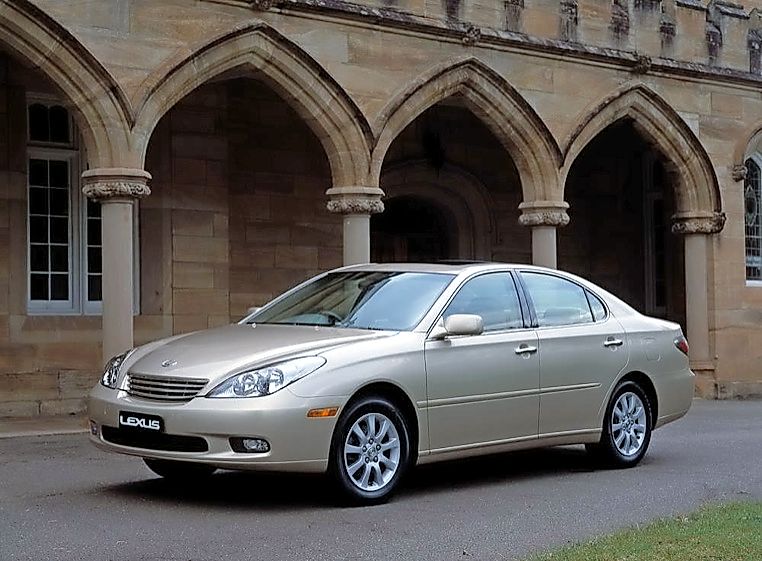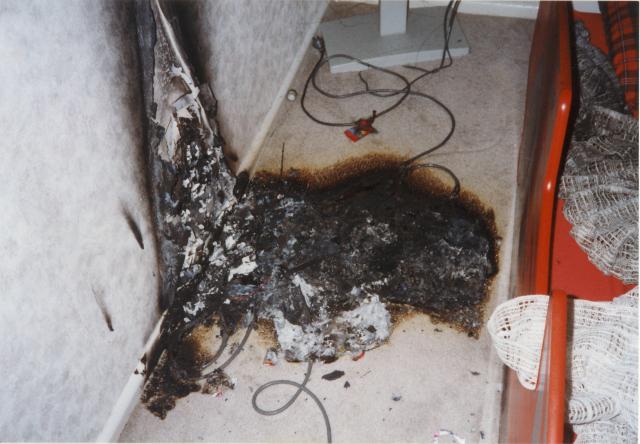Pre-owned Lexus ES300 models offer value in prestige Japanese cars built to a high standard, but at a lower cost, because earlier models were essentially Toyota Camry-Vienta with different bodies and some mechanical upgrades.
The ES was criticised by some motoring journalists due to this family resemblance, which is a bit unfair as the same guys and gals don’t launch into criticisms against Audi, with comparisons between its models and lower cost Volkswagens that share its platforms.
The supreme smoothness and quietness that characterise the big Lexus LS Series aren’t quite there in the ES Series, but they don’t lag all that far behind. The huge price difference between the two models makes the ES attractive.
Pleasant enough to drive and travel in, the ES makes no pretence at being a sports machine. Handling is on the soft side and is dominated by front-wheel-drive understeer, if you push it too hard. Similarly, there is a slight reluctance to change direction promptly. The new 1996 model was improved over the original, but is still not one for the keen punter.
Interior room of the Lexus ES is good without being outstanding. Try the back seat for yourself if you’re going to be transporting adults back there. Being a front-wheel-drive car, unlike the other Lexus passenger sedans, the ES has an advantage in legroom and boot space.
When introduced in June 1992, the Lexus ES was pretty upmarket for its day, with leather trim, climate-controlled air-conditioning, a high-quality sound system, powered front seats and cruise control. The series two Lexus ES, introduced in October 1996, brought in additional, more affordable models – the lower-priced ES300 S (without leather trim, alloy wheels, and a few other goodies) and the more upmarket ES300 LXS.
Lexus ES imports to Australia stopped in 2006 as the new model of that year wasn’t built with the steering wheel on the right. Things improved in late 2013, when the next series Lexus ES Line was an all-new, model, built on a unique platform. Imports to Australia resumed and a few examples of the 2013 issue are now appearing on the used-car market.
Two Lexus ES models were introduced at that time, a 3.5-litre V6 petrol engine replacing the 3.0-litre, which had retained that capacity since 1992.
Lexus’s push in the hybrid field saw the introduction of the ES 300h as a serious part of the 2013 line-up. This combined a 2.5-litre Atkinson cycle four-cylinder petrol engine with nickel-metal-hydride batteries.
ES 300’s 3.0-litre V6 engine is by far the most common on the Australian used-car market. It’s silky smooth and reasonably powerful, though rather too oriented towards the top end of the rev range, in the European manner in the original series. It was fully renewed for the October 1996 update and again in 2001.
Senior technicians at Toyota dealerships can carry out work, if you’re not in an area serviced directly by Lexus. Insurance is generally reasonable, reflecting the conservative driver to whom this car appeals.
Japanese cars don’t have the prestige of European ones, yet are almost invariably better built and substantially cheaper. Tradition can’t be bought but, in its 25 years, Japanese Lexus has shaken up long-established Europeans.
Ewan Kennedy







